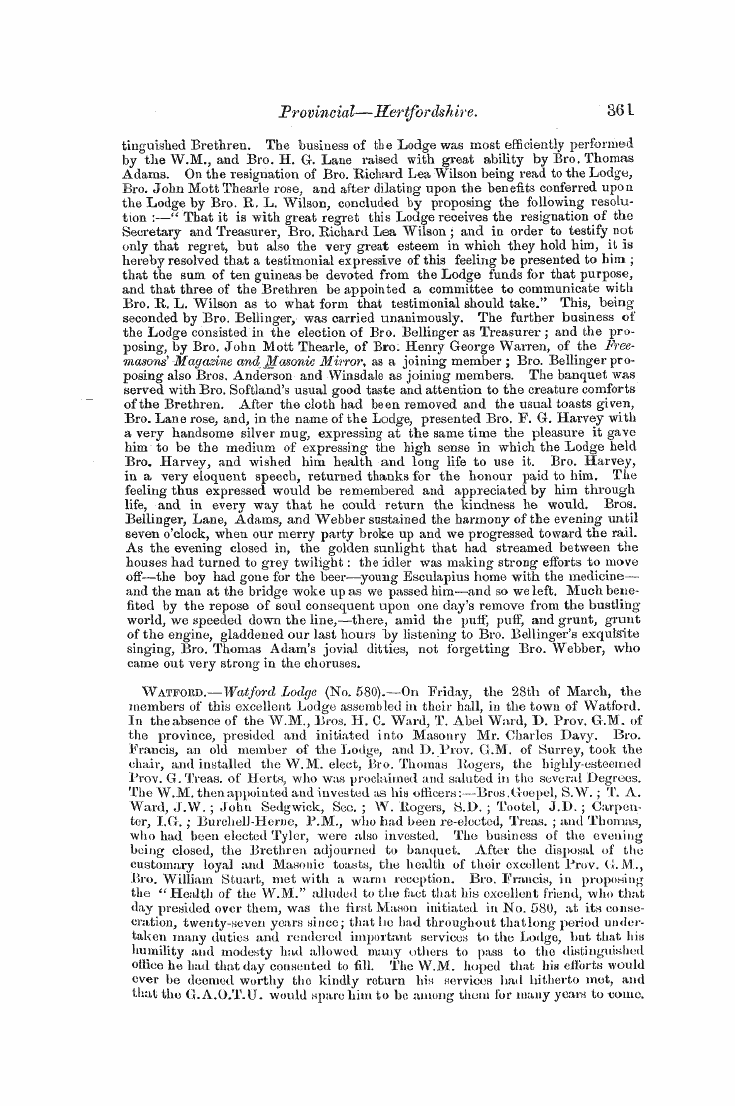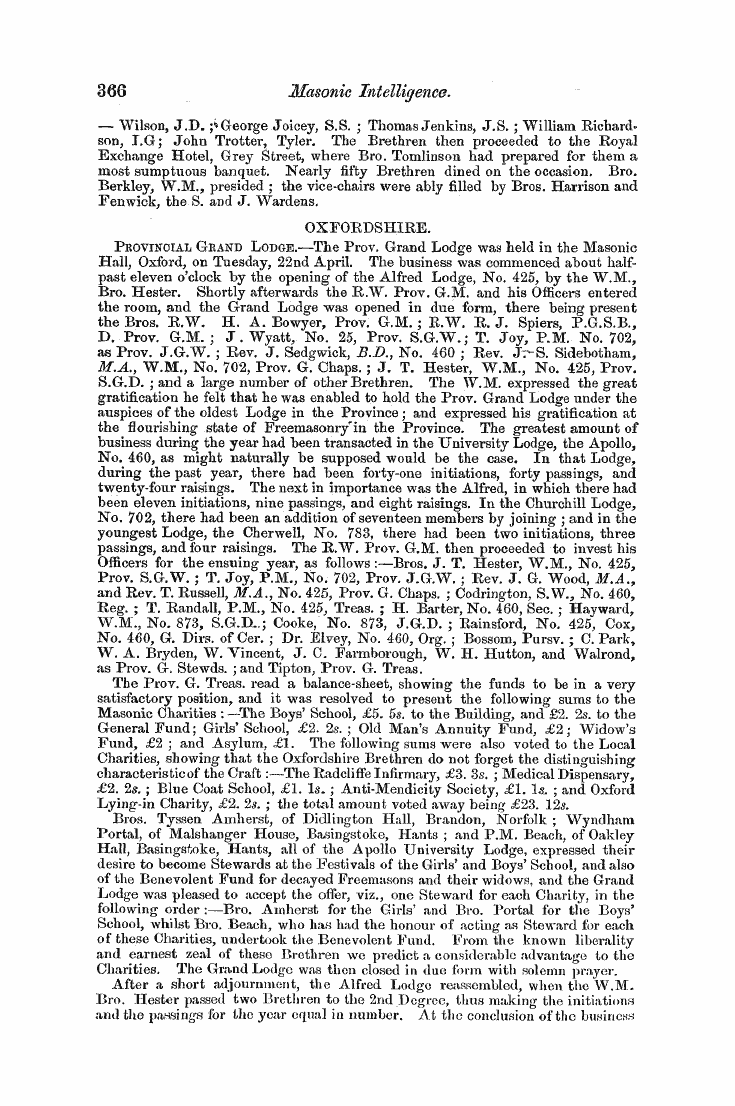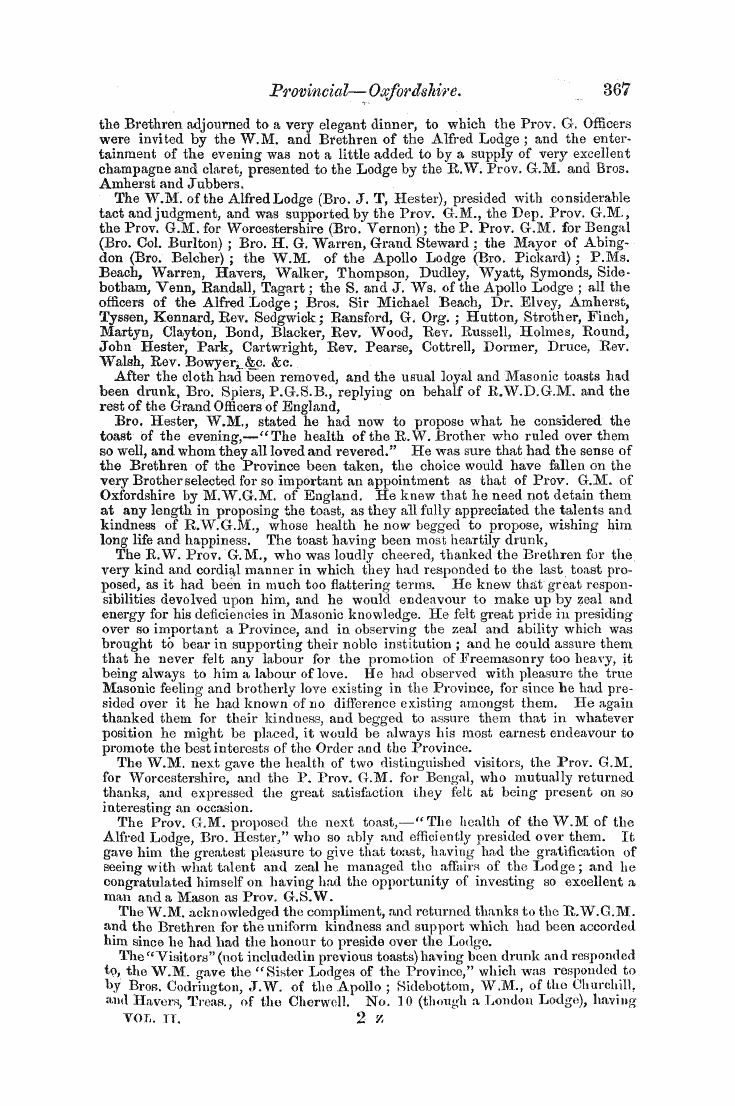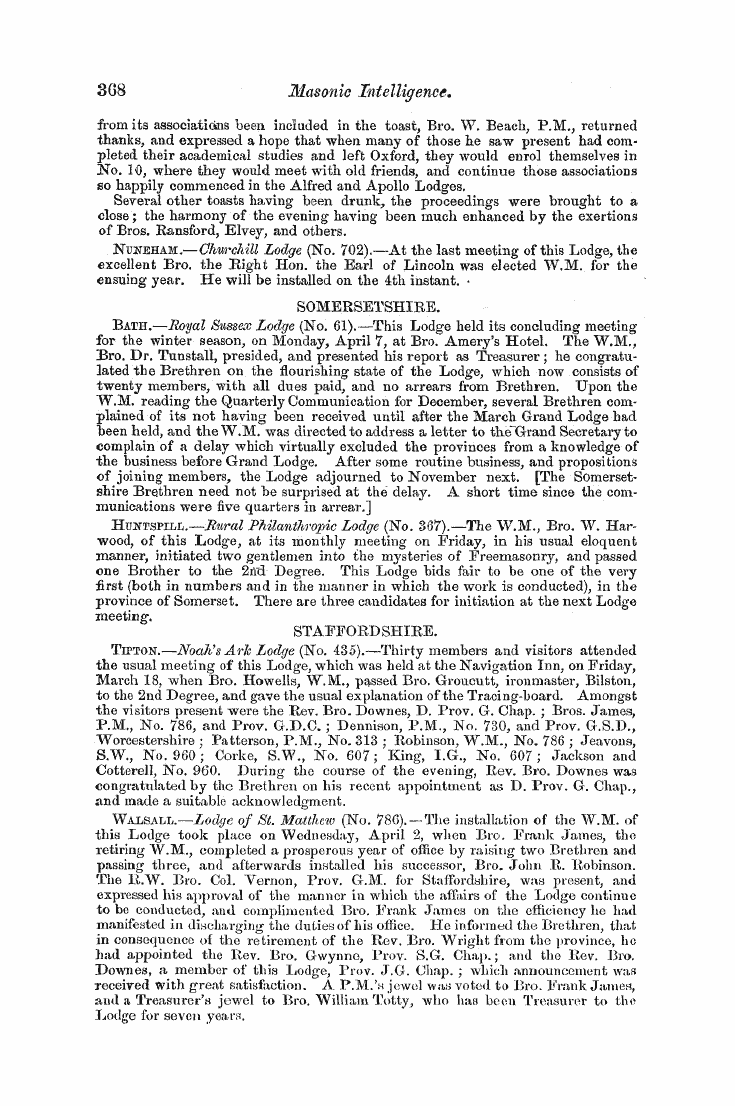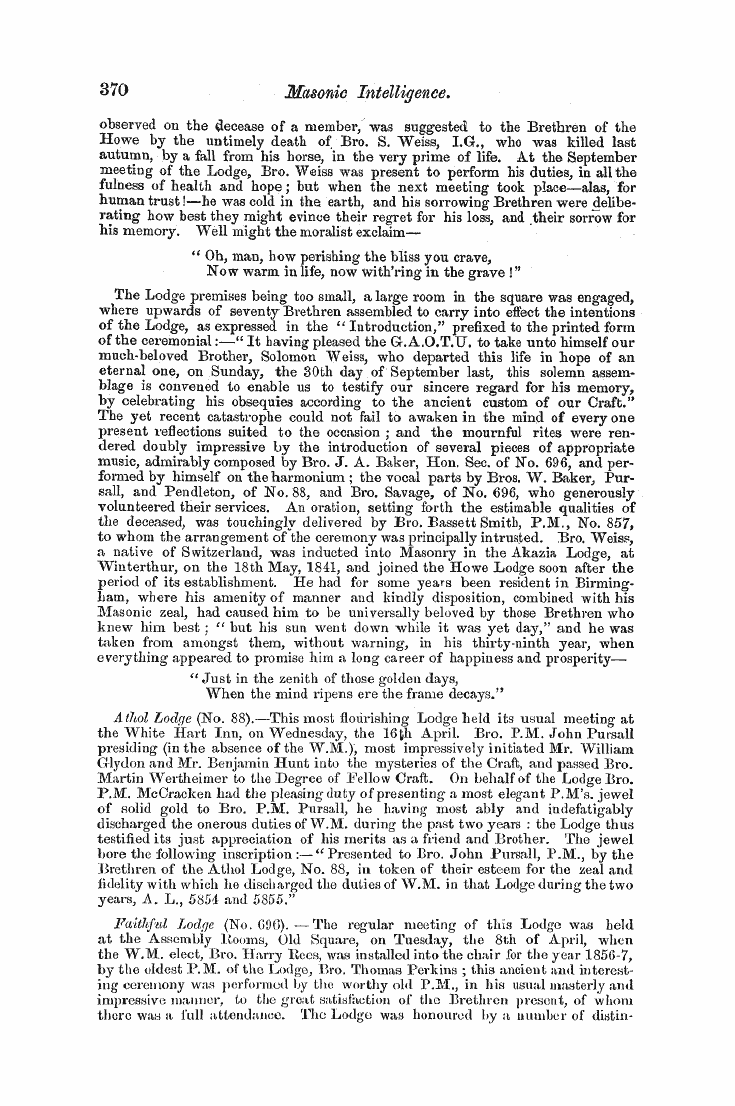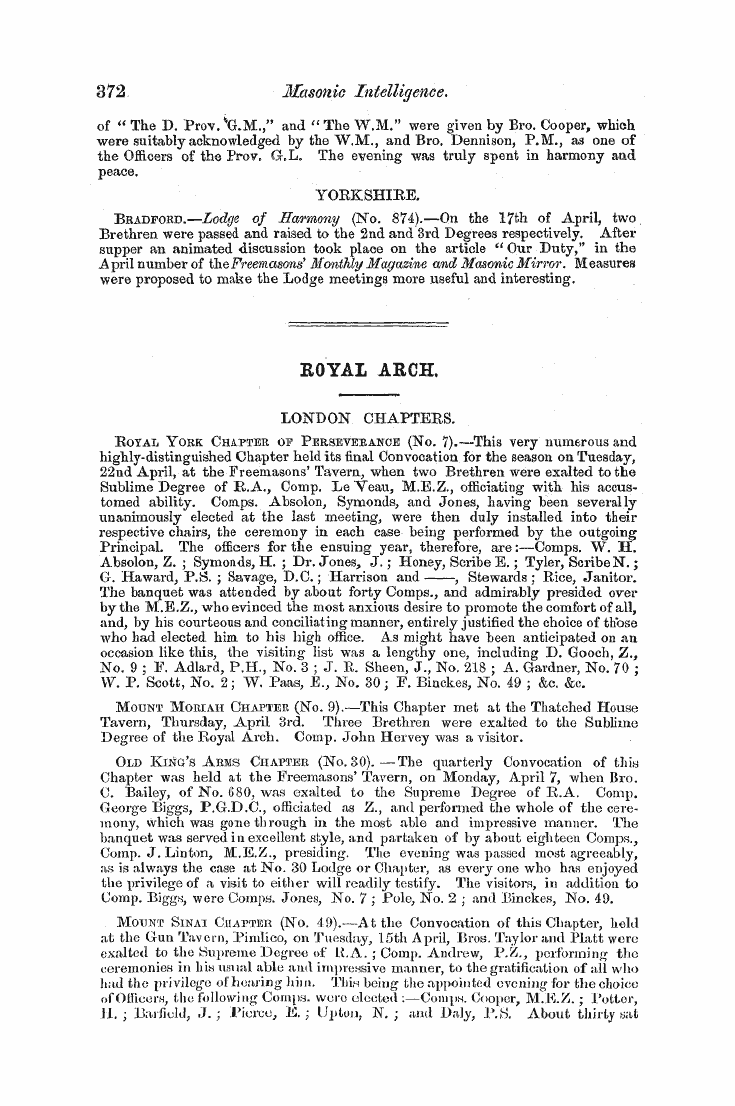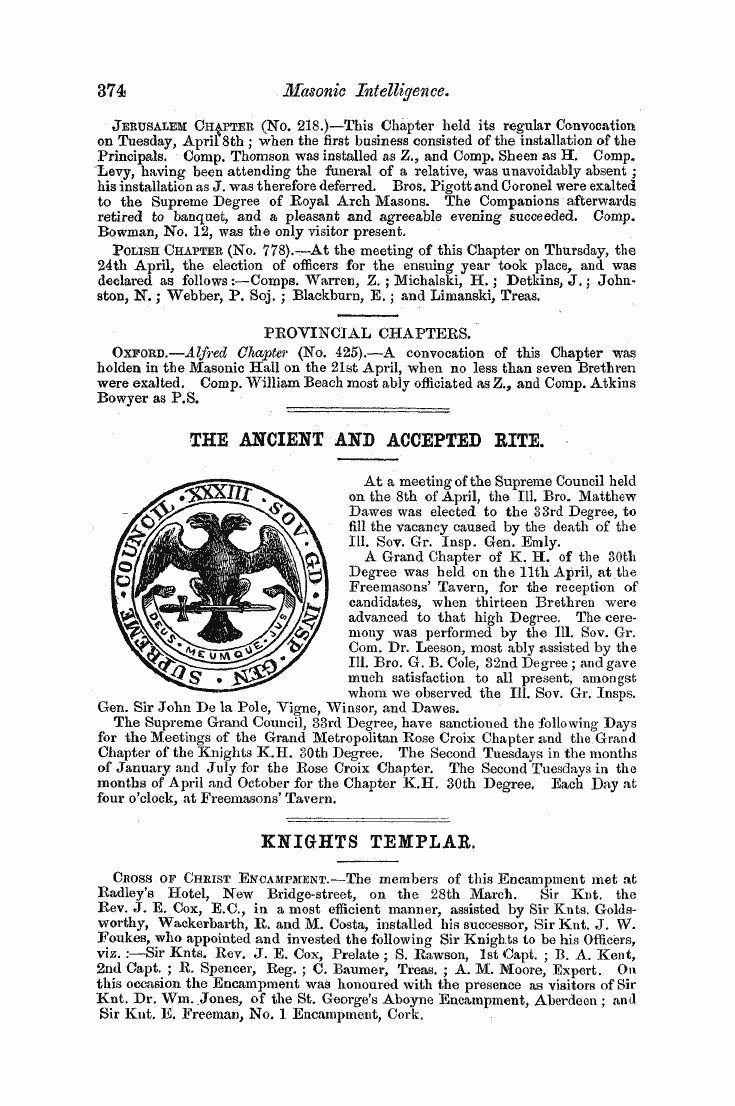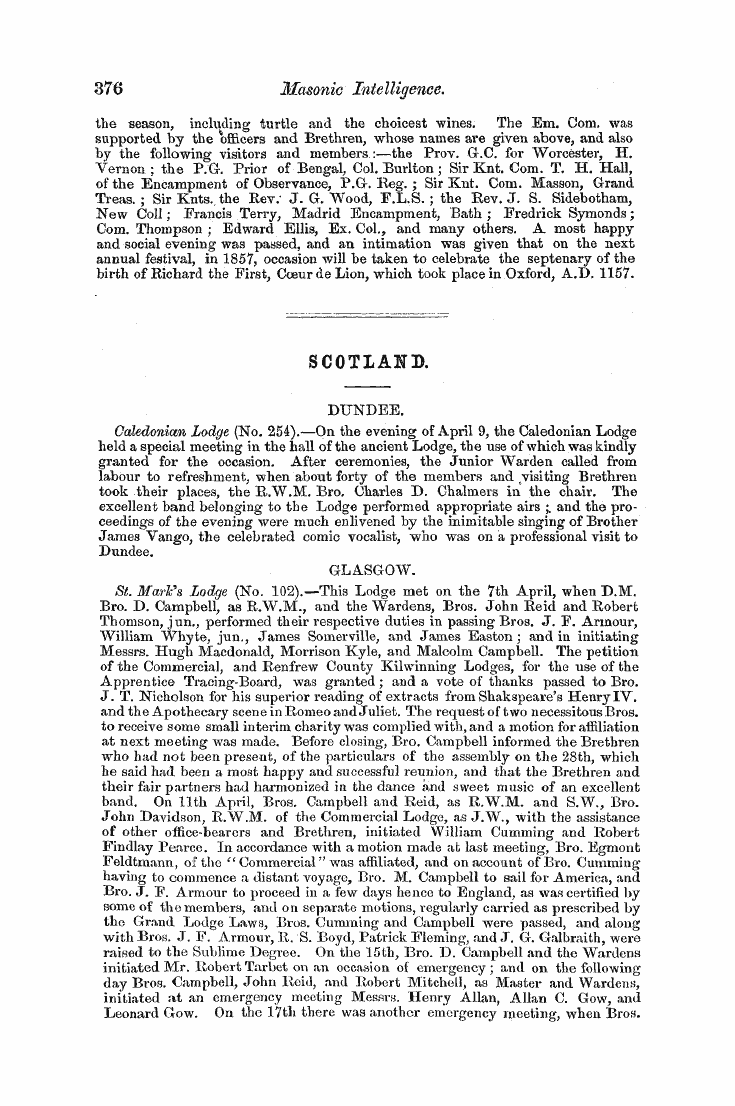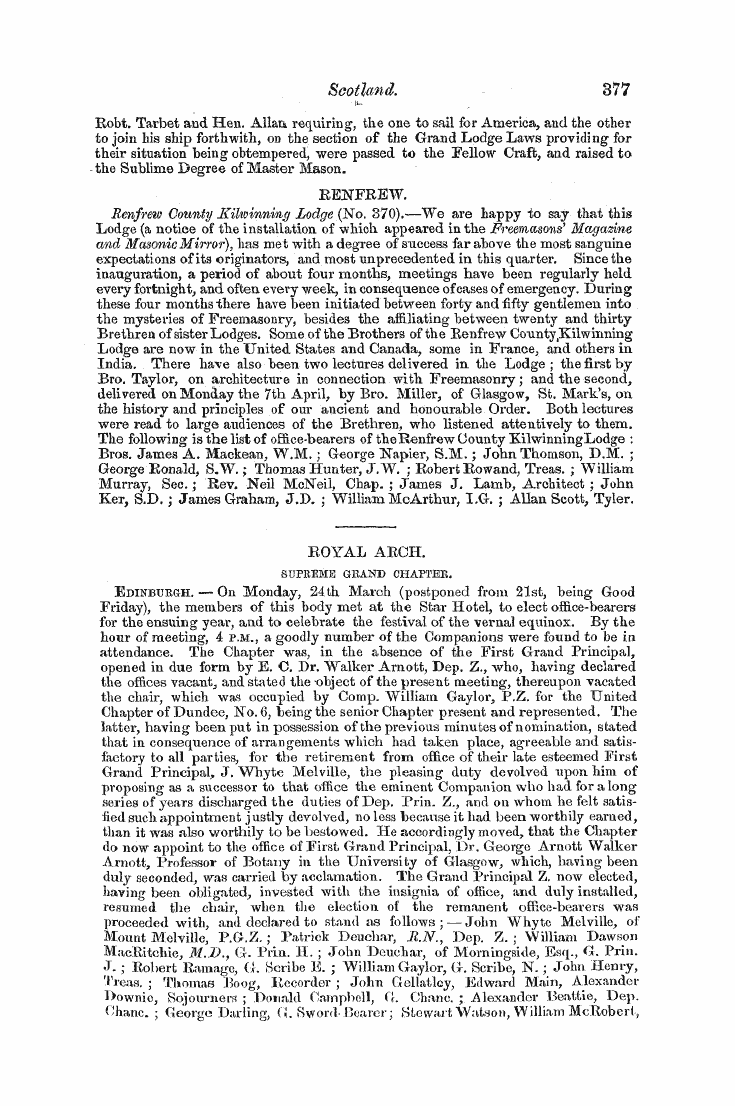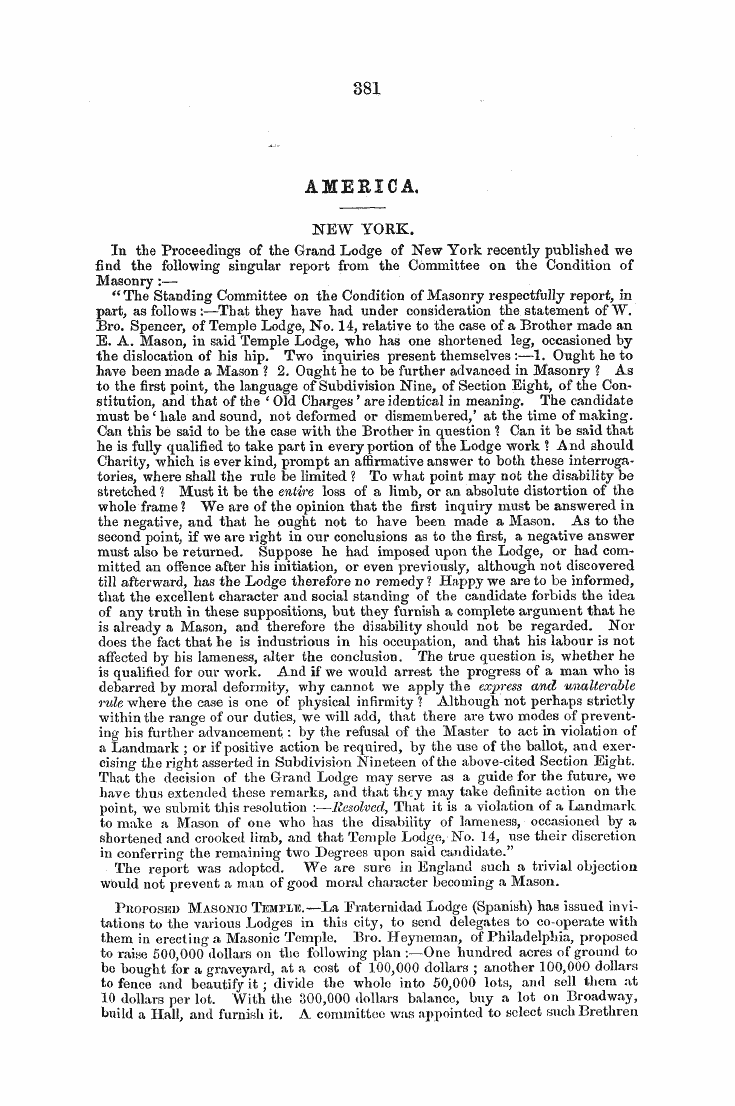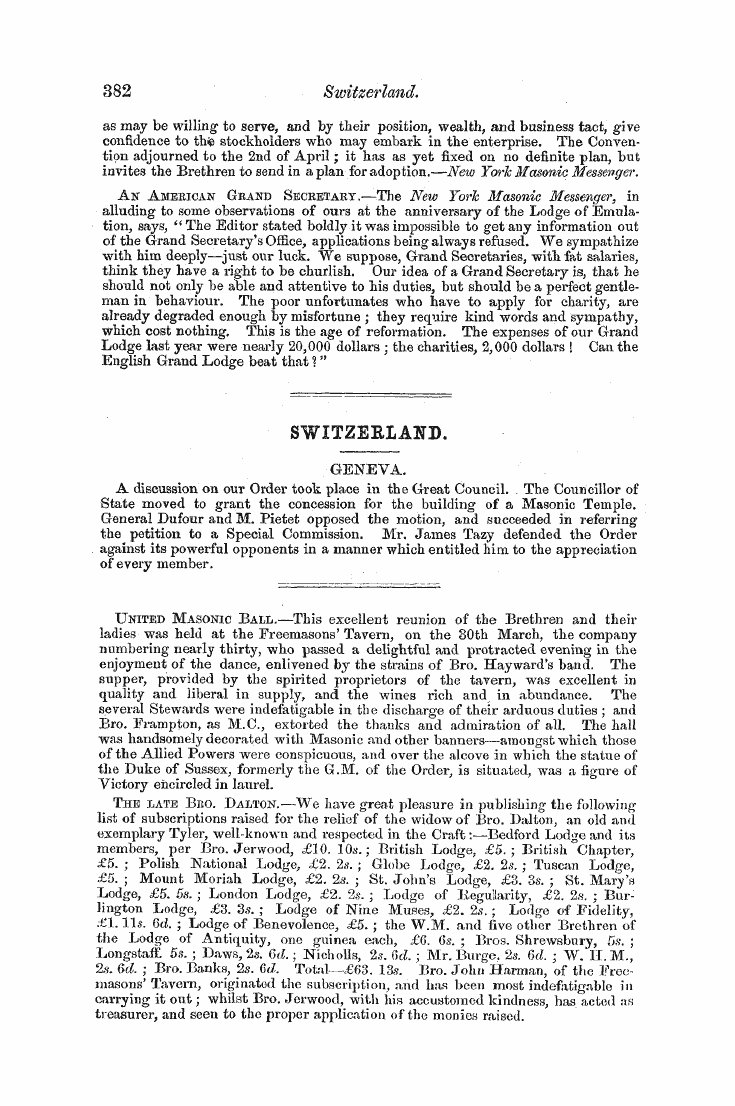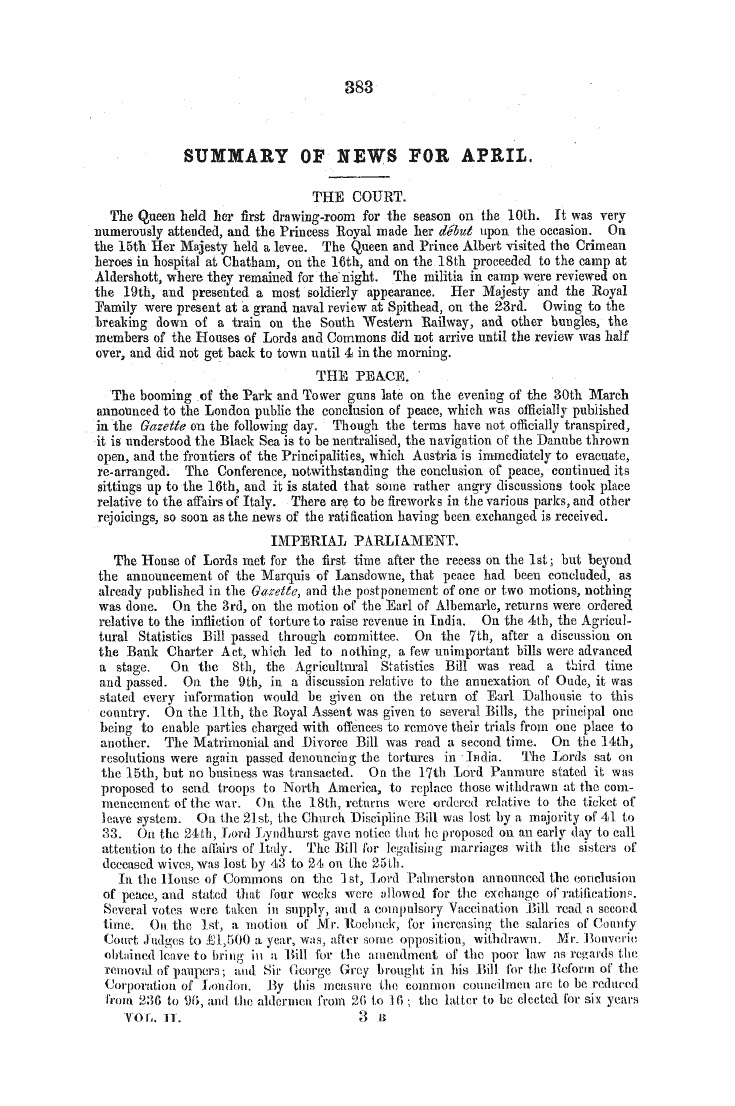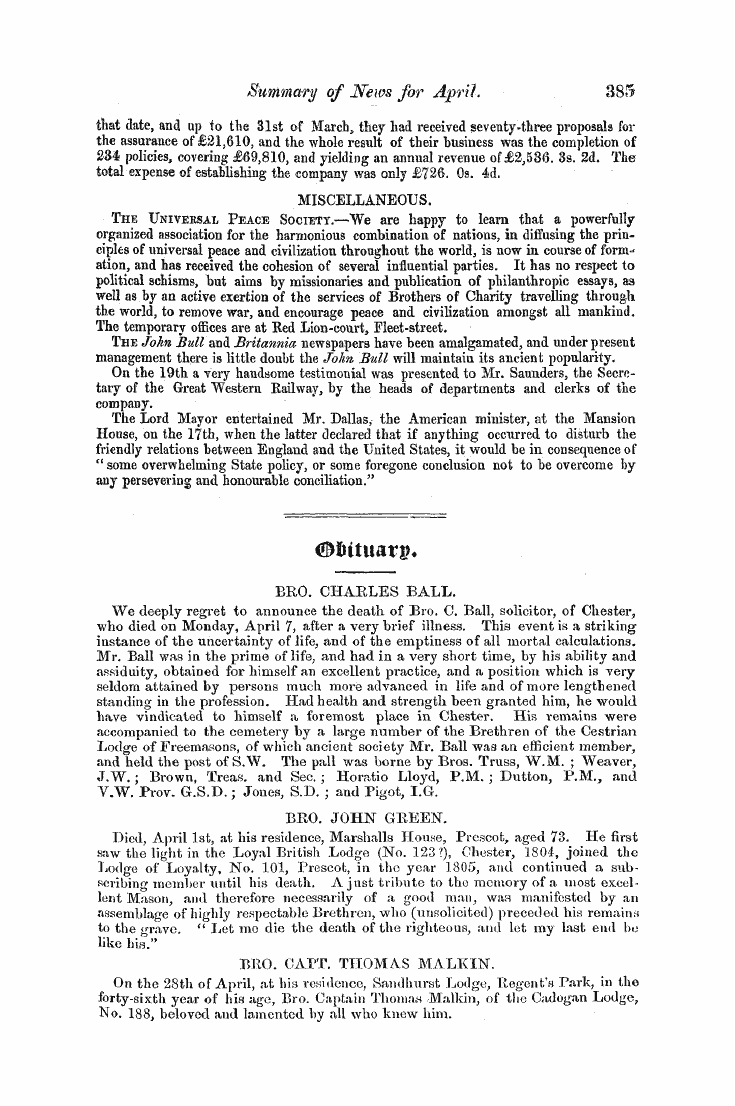-
Articles/Ads
Article Untitled Article ← Page 5 of 5
Note: This text has been automatically extracted via Optical Character Recognition (OCR) software.
Untitled Article
tions had hepn overruled for many years , and all bishopricks and abbacies were now disposed of at the pleasure of the court ; and possession was given by the delivery of ring and crosier . However , that this custom was not very ancient , besides the hint of this author , appears from Malmesbury , who tells us , that the clergy and monks used to choose their bishops and abbots under the Saxon government . "
The gift of a ring from a dying man in ancient times often signified that the person to whom it was left became the other ' s heir . Alexander , when dying , gave his ring to Perdiccas as a token that he should rule over the empire . " Nee male , " says a great antiquary , " erat enim annulus signatorius vel sigillum , plerumque dominii et potestatis symbolum . "
Robinson , in his " Researches , " says , " Most of the Arabs of the towns have each his signet-ring , either worn on the finger or suspended from the neck , the impression of which serves as his signature ; " and Lane writes thus , in his Modern Egyptians" ( vol . L pp . 35 36 ) , "On the little finger of the right hand is worn a sealring , which is generally of silver , with a cornelian , or other stone ,
upon which is engraved the wearer ' s name : the name is accompanied by the words , ' his servant' ( signifying , the servant or worshipper of Gk > d ) , and often by other words expressive of the person ' s trust in God , & c . The seal-ring is used for signing letters and other writings , and its impression is considered more valid than the signmanual . ( Therefore , giving the ring to another person is the
utmost mark of confidence . ) A little ink is dabbed upon it with one of the fingers , and it is pressed upon the paper ; the person who uses it having first touched his tongue with another finger , and moistened the place in the paper which is to be stamped . Almost every person who can afford it has a seal-ring , even though he be a servant . "
Perkins , mhis " Residence in Persia , " remarks , that " the authenticity of a merchant ' s letters , as of his bills , depends entirely upon the seal . It is not usual to sign either ; and they are not often written in the hand of the person who sends them ; so that it is the seal which is of importance . Engraven upon it is the name and title
of the person it belongs to , and the date when it was cut . The occupation of seal-cutter is one of much trust and some danger ; he keeps a register of every seal he makes , and if one is stolen or lost by the party to whom he sold it , his life would answer for the crime of making another exactly the same . The person to whom it belongs , if in business , is obliged to take the two most
respectable witnesses of the occurrence , and to write to his correspondents , declaring all accounts and business with his former seal null from the day upon which it was lost . " This care , which was and is taken in regard to Persian seals or signet-rings , reminds us of Solon ' s law , that no seller of rings should keep by him the signature of a ring when sold .
Note: This text has been automatically extracted via Optical Character Recognition (OCR) software.
Untitled Article
tions had hepn overruled for many years , and all bishopricks and abbacies were now disposed of at the pleasure of the court ; and possession was given by the delivery of ring and crosier . However , that this custom was not very ancient , besides the hint of this author , appears from Malmesbury , who tells us , that the clergy and monks used to choose their bishops and abbots under the Saxon government . "
The gift of a ring from a dying man in ancient times often signified that the person to whom it was left became the other ' s heir . Alexander , when dying , gave his ring to Perdiccas as a token that he should rule over the empire . " Nee male , " says a great antiquary , " erat enim annulus signatorius vel sigillum , plerumque dominii et potestatis symbolum . "
Robinson , in his " Researches , " says , " Most of the Arabs of the towns have each his signet-ring , either worn on the finger or suspended from the neck , the impression of which serves as his signature ; " and Lane writes thus , in his Modern Egyptians" ( vol . L pp . 35 36 ) , "On the little finger of the right hand is worn a sealring , which is generally of silver , with a cornelian , or other stone ,
upon which is engraved the wearer ' s name : the name is accompanied by the words , ' his servant' ( signifying , the servant or worshipper of Gk > d ) , and often by other words expressive of the person ' s trust in God , & c . The seal-ring is used for signing letters and other writings , and its impression is considered more valid than the signmanual . ( Therefore , giving the ring to another person is the
utmost mark of confidence . ) A little ink is dabbed upon it with one of the fingers , and it is pressed upon the paper ; the person who uses it having first touched his tongue with another finger , and moistened the place in the paper which is to be stamped . Almost every person who can afford it has a seal-ring , even though he be a servant . "
Perkins , mhis " Residence in Persia , " remarks , that " the authenticity of a merchant ' s letters , as of his bills , depends entirely upon the seal . It is not usual to sign either ; and they are not often written in the hand of the person who sends them ; so that it is the seal which is of importance . Engraven upon it is the name and title
of the person it belongs to , and the date when it was cut . The occupation of seal-cutter is one of much trust and some danger ; he keeps a register of every seal he makes , and if one is stolen or lost by the party to whom he sold it , his life would answer for the crime of making another exactly the same . The person to whom it belongs , if in business , is obliged to take the two most
respectable witnesses of the occurrence , and to write to his correspondents , declaring all accounts and business with his former seal null from the day upon which it was lost . " This care , which was and is taken in regard to Persian seals or signet-rings , reminds us of Solon ' s law , that no seller of rings should keep by him the signature of a ring when sold .










































